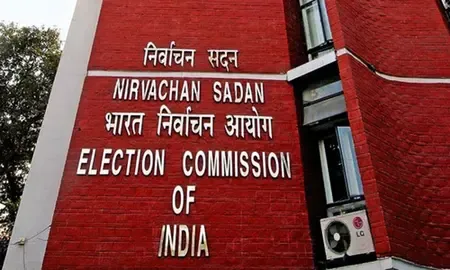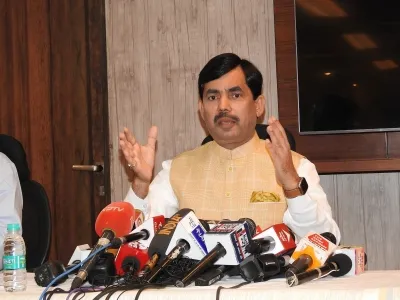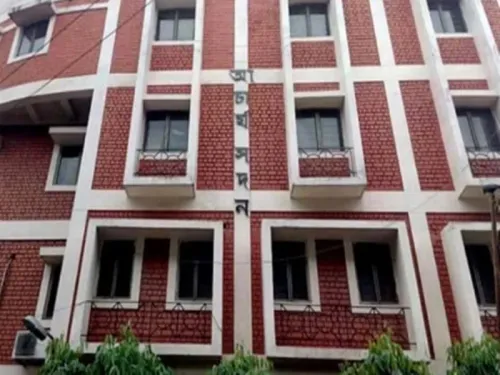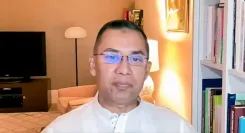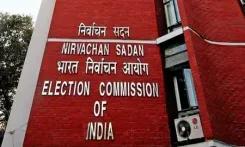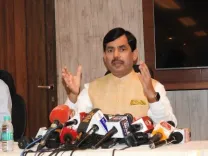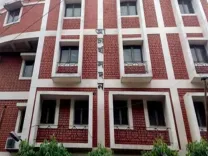Why Are 208 Government Schools in TN Temporarily Closing?
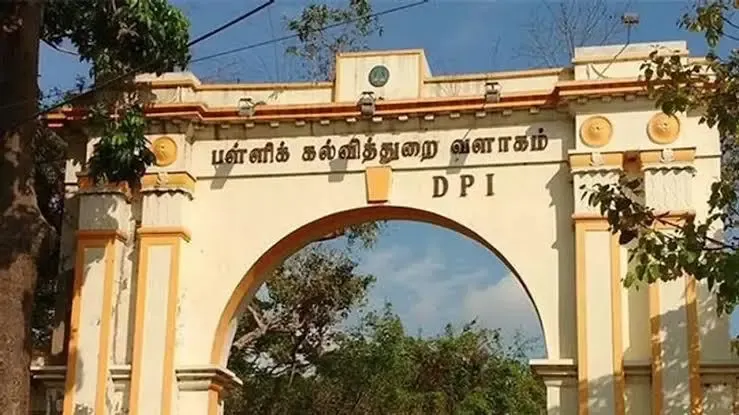
Synopsis
Key Takeaways
- 208 government schools in Tamil Nadu are temporarily closed due to low enrolments.
- The state has witnessed a significant decline in birth rates.
- Factors influencing school closures include urban migration and shifts in educational preferences.
- Authorities indicate that the closures are not permanent.
- Long-term planning may be required to address ongoing demographic changes.
Chennai, Aug 13 (NationPress) A significant decline in the birth rate in Tamil Nadu, along with a reduction in student enrolments, has led the state government to temporarily close 208 primary and middle schools this academic year, as reported by the Department of Elementary Education (DEE).
Recent information from the DEE shows that 1,204 schools statewide had no new admissions for the 2024-25 academic year. This includes 208 state-run schools, 114 government-aided institutions, 11 partially funded schools, 869 private establishments, and two Central government-run schools.
Among the government schools, 157 are managed by the School Education Department, 13 by the Adi Dravida Welfare Department, 19 by Social Welfare, and 8 by Tribal Welfare.
A senior official from DEE stated that these closures are temporary. “We will resume operations as enrolment increases in the affected regions. The trend of low admissions is evident across various types of school management and departments,” the official remarked.
Most of the impacted schools are located in rural or remote areas where the population of school-age children is minimal. In some cases, students who registered in June have moved with their families to different areas.
Officials point to several factors contributing to the decline in government school enrolments, including urban migration, parental preference for private English-medium schools, and changing livelihood patterns. Population data highlights the extent of this demographic shift.
According to the Ministry of Health and Family Welfare’s projections from 2011-2036, the count of children aged 0-1 years in Tamil Nadu dropped from 10.74 lakh in 2011 to 9.53 lakh in 2021 and is predicted to decrease further to 8.78 lakh by 2026.
The state's total fertility rate (TFR) has reduced from 1.68 during 2011-15 to 1.54 in the current period (2021-25), significantly below the replacement level of 2.1.
Records from the Public Health Department indicate that live births fell from 9.02 lakh in 2023 to 8.46 lakh in 2024, reflecting a year-on-year decrease of 6.2 percent.
Education authorities warn that while the current closures are temporary, ongoing declines in birth rates and enrolments may necessitate a long-term reevaluation of school infrastructure, staffing, and educational planning in the state.


